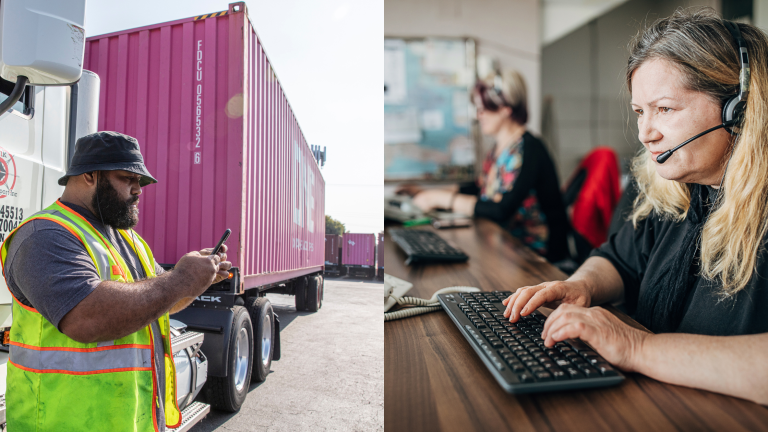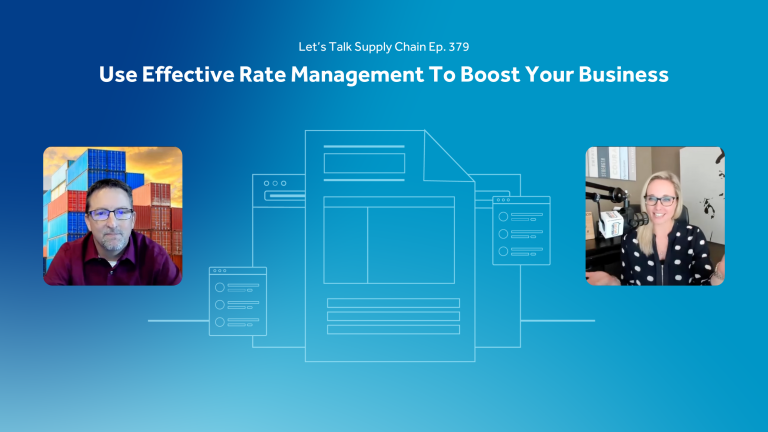In a perfect world your company would fulfill all of your customers’ requirements, and deliver maximized value for your business and customers. Waste would be a thing of the past, inventory and financial management systems would work to perfection, and revenues would flow in. That future is within your grasp if you keep your transportation management software upgraded to take advantage of innovations. Learn how updated transportation management systems (TMS) make your company goals attainable.
More Affordable Than Yesterday’s TMS
If your organization entertained the idea of using or updating TMS in the past, but found it was too expensive to provide a reasonable return on investment, it’s time to look again. Transportation management systems previously came as expensive programs organizations had to purchase and install, with a lengthy implementation process and often the need for additional hardware investment. Now shippers have a range of TMS solutions that run in the cloud and are available on demand with flexible plans and speedy set-up. Upgraded TMS provides a wide range of benefits.
Fix Problems from the Beginning
Many supply chain and transportation management problems begin at the warehouse. Less than full truckloads cost money, but new TMS can aid in filling every unit to capacity. Automation that uses cloud-based technology can analyze trends to reduce costs through continually arranging full truckloads.
Improve Routing
Full truckloads get swiftly to their destination with automated systems, machine learning and traffic predictions to supply drivers with routes that avoid traffic backups, bad weather and other issues that create delays. Software doesn’t just supply the route, it provides continual updates so when an accident occurs 10 minutes ahead of your load, the driver immediately receives an updated route and the receiving facility is updated on when they can expect arrival. Drivers burn less fuel idling on the highway and warehouses avoid costly miscalculations at the unloading dock.
Track Sensitive Merchandise
When pharmaceuticals, groceries or other merchandise must be transported within a specific time frame or at a certain temperature, deviation sometimes results in it having to be discarded. New TMS allows for real-time linehaul express tracking.
Administrators preset shipment checkpoints and receive alerts each time shipments pass one, along with information on the shipment temperature and other vital data. More accurate tracking lets receiving destinations plan for unloading and processing to avoid delays.
Measurable ROI
When the ARC Advisory Group surveyed logistics managers, more than 40 percent said if they had to shut down their TMS and return to previous processes, their overall costs would increase between 5 percent and 10 percent.
Managers reported data allowed them to rely increasingly on the carriers that provided the most reliable service and lower cost and eliminate inefficient transporters. System data also reduced carrier overcharges with sophisticated checking that audited freight payments and claims.
If your organization is continually working around current configurations, most likely an upgrade can dramatically improve efficiency. When systems start slowing down, an upgrade increases response times. If your maintenance fees seem to be steadily increasing, upgrading may be more affordable than staying with your current system.
Editor’s note: This blog was originally written for the GTG Technology Group, Five Benefits of Upgrading Your Transportation Management Software.




